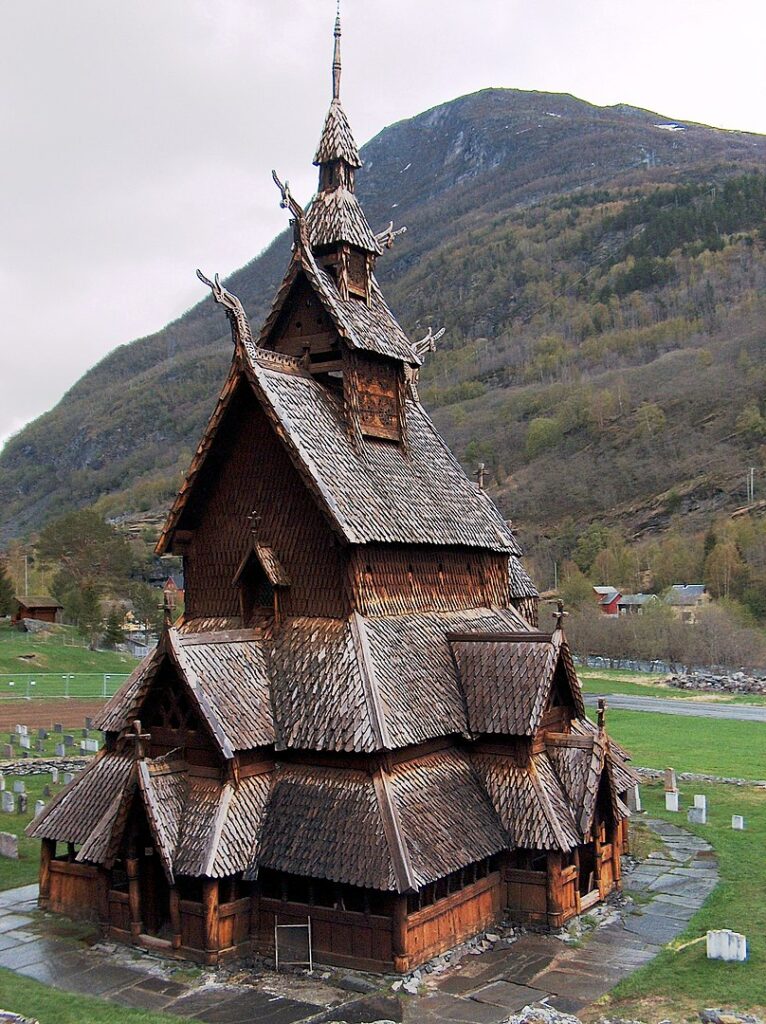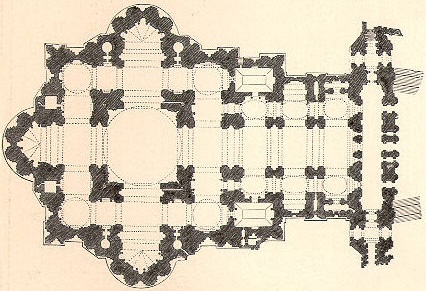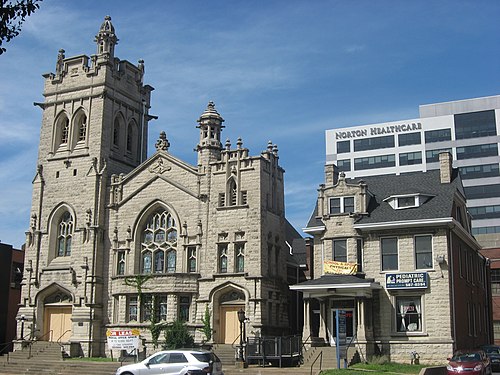Enhancing Fire Protection in Heritage Buildings: A Two-Decade Review
This review highlights the complexities and challenges in maintaining and improving fire protection in heritage buildings. Continued innovation, careful maintenance, and adaptive strategies are essential to preserve these cultural treasures safely.
Over the past 20 years, the fire protection of heritage buildings in Sweden has seen significant improvements through the installation of fire detection and fire sprinkler systems. This progress has been well documented in the #63 issue of the Swedish magazine Brandposten through interviews with end users, fire protection inspectors, system installers, and study visits to various heritage sites.

Unproven Technical Solutions
Many heritage buildings have adopted technology that was not fully proven for long-term use when installed. Examples include specific antifreeze solutions and nitrogen-driven pumps. Additionally, dry-pipe systems with pendent nozzles, which go against accepted practices, have been utilized. The project identified the following heritage buildings with fire protection systems:
- 44 small- and intermediate-sized rural churches: Five equipped with sprinkler systems, 37 (84%) with high-pressure water mist systems. Two of these churches have high-pressure water mist systems for the interior and deluge sprinkler systems for the exterior.
- 8 larger city churches: Seven with traditional sprinkler systems and one with a high-pressure water mist system.
- About 30 other types of heritage buildings: Such as castles and museums, primarily equipped with traditional sprinkler systems, with a few utilizing high-pressure water mist systems.
The Use of Antifreeze: A Double-Edged Sword
Antifreeze, while preventing freezing, has led to leakage issues through automatic nozzles and pipe connections. High system pressures in water mist systems have been noted during hot summer days due to the expansion of antifreeze in pipes. Notably, none of the water mist systems include pressure limiting devices, exacerbating the high-pressure issue. This has resulted in water damage when nozzles or their glass bulbs burst, with some systems recording pressures over 200 bar. There is a risk of material fatigue leading to potential failures, and antifreeze may also clog the fine mechanical constructions of water mist nozzles in a fire scenario.
Challenges with Dry-Pipe Systems
For traditional sprinkler systems, antifreeze is less commonly used, with dry-pipe systems being the norm. However, galvanized pipes in these systems have shown internal corrosion and leakage issues. In contrast, dry-pipe systems with stainless steel pipes are more resistant to internal corrosion.
However, freezing in dry-pipe systems has caused unintentional activations. In January 2024, two freezing incidents occurred in large city churches, one resulting in water damage and the other prevented by a pre-action system. Long water delivery times in dry-pipe systems have also been documented, which is concerning given the rapid fire growth in attics and tower spaces.
Nitrogen Pumps: A Safety Hazard
Three suffocation incidents have been documented due to the release of nitrogen gas used for high-pressure water pump units. Two incidents were particularly serious. As a result, gas alarms have been installed in these churches to alert for low oxygen levels. Discussions are ongoing to switch from nitrogen gas to compressed air to mitigate this hazard.
Maintenance: Crucial but Challenging
The role of facility managers is critical for ongoing supervision and maintenance. However, this requires significant effort, technical competence, and personal interest from church staff. High staff turnover has led to neglect in some cases. Weekly checks and frequent operational alarms create anxiety and add to the burden and cost for facility operators. The technical issues and high operational costs have led to the shutdown and removal of several water mist systems, with eight shutdowns and two removals documented.
Acknowledgements
This project is detailed in RISE Rapport 2023:133, “Driftserfarenheter från sprinklerinstallationer i kyrkor och andra kulturhistoriskt värdefulla byggnader, Brandforsk projekt 323-010” by Magnus Arvidson (RISE), Emil Egeltoft (Brandskyddslaget AB), and Tomas Godby (T Godby Brandskyddsbesiktning AB).





